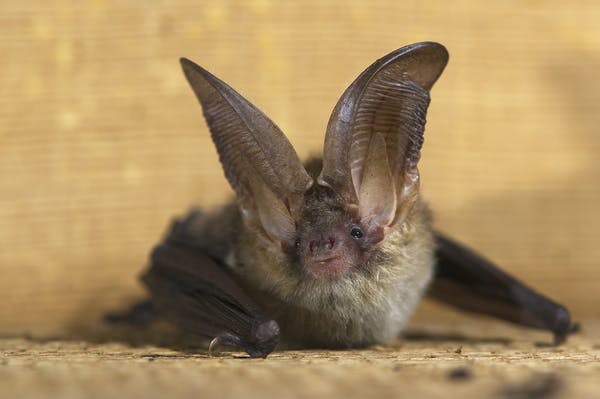
November 8, 2021, by sustainablenottingham
Bats make a home in the basement of Lenton Hurst
The diverse habitats of our university campuses means they are home to a rich variety of flora and fauna, including seven different species of bat. But one species in particular has literally moved in.
In the summer, bats were found roosting in the cellar of the 19th century Lenton Hurst Building. They were discovered when workmen entered the basement and soon realised, they weren’t alone.
All UK bat species are protected by law. This means it’s illegal to disturb, injure or kill them, or to damage or recklessly disturb a roost. Therefore, environmental consultants EMEC were called in to carry out an ecological survey to find out exactly what was down there before any work was done.
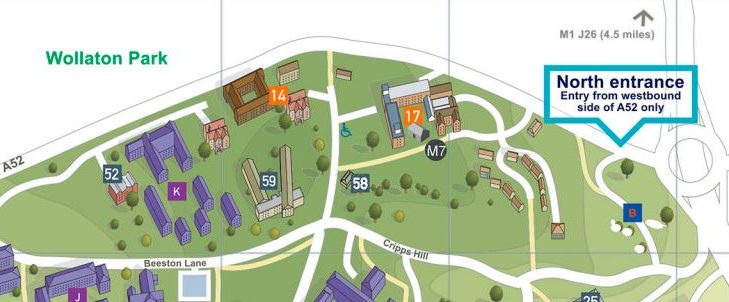
Lenton Hurst is at no.52 on this map
Lenton Hurt is one of the university’s heritage houses on the north side of University Park, near to Wollaton Park.
The wooded grounds of both parks provide excellent foraging habitat for bats. Large areas of grassland and water are perfect for several bat species, including common pipistrelle, soprano pipistrelle, brown long-eared bat, noctule bat and Natterer’s bat and Daubenton’s bat. This year, more areas than ever on campus have been left to grow wild to encourage greater biodiversity.
The ecologists from EMEC went in search of the bats in residence, equipped with torches, low intensity light (light with red filters) and a night-vision camcorder. It didn’t take long to find the flying mammals, for as soon as they entered the cellar, brown long-eared bats were spotted perching on a smoke detector.
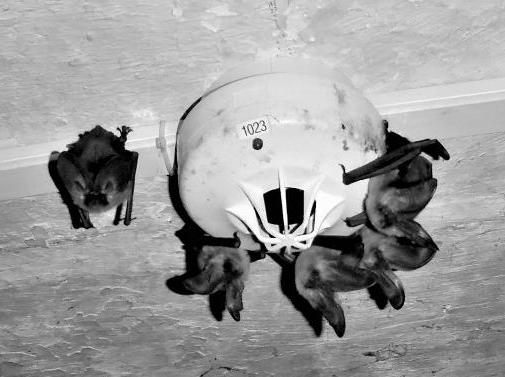
Bats detected!
Brown long-eared bats are well named; their ears are nearly as long as their bodies. They feed on flying insects, moths and beetles in parks, gardens and woodland.
Key stats
- Length: 3-5cm
- Wingspan: 20-30cm
- Weight: 6-12g
- Lifespan: 4-5 years
- Breeding: one pup per year
- When to see: April – October
The main bat roost location was found within a brick wall gap. A total of 12 brown long-eared bats were counted in the cellar. Both adult females and smaller, young bat were seen. The ecologists therefore concluded that this roost was a small ‘maternity colony’. The Brown long-eared bat maternity season runs from April to September, with babies usually born at the end of June. They can fly after three weeks and become independent after around five weeks.
Brown long-eared bats tend to be ‘roost faithful’ in that sometimes at least one or two bats may be found in the roost throughout the year. Usually, underground cellars are more suitable as winter bat hibernation roosts due to their cold stable temperatures. However, this cellar is quite warm due to the presence of a hot water boiler, despite it’s lagging. Bats favour warm spaces are maternity roosts, such as this one, as they are ideal for nursing their young.
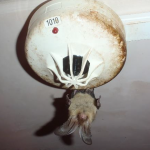
Smoke detectors are favoured spots to perch
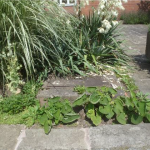
One of the hidden entrances to the bat cave
Because of the boiler, it’s unlikely the bats will use the cellar as a winter roost. Warm temperatures will stir a bat from hibernation. If this happens when no insect food is available, the bat will use up valuable body fat reserves searching for food, which could prove critical if that bat is to survive the winter. However, there may be cooler sections of the cellar that may provide a good roost for hibernating.
The colony has since been left undisturbed and the human neighbours working upstairs have been happy to have the bats as house guests.
“The building remains in operation as normal and our work has not changed at all, we are all very glad the bats have found a home in the beautiful building we all enjoy each day.”
Rob Severn, Business Support Manager
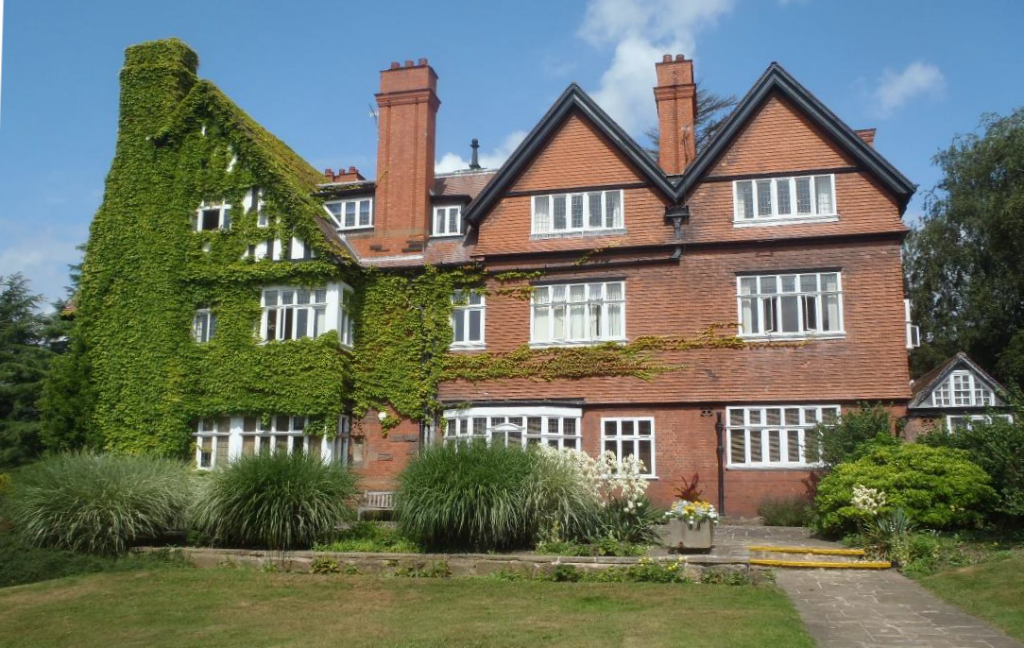
Lenton Hurst was built in 1896 for William Goodacre Player, then youngest son of John Player the tobacco manufacturer
Hopefully we’ll start to see the bats swooping low around campus again when they emerge in the spring.

How did they get into the cellar in the first place? lol
Great example that nature and people can live side by side even in buildings. A green star to Nottingham University.